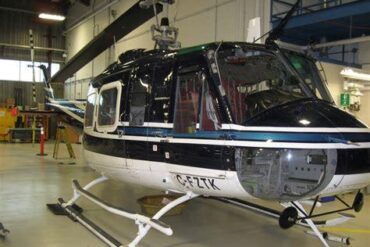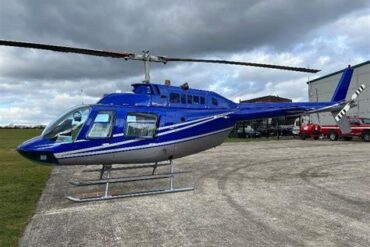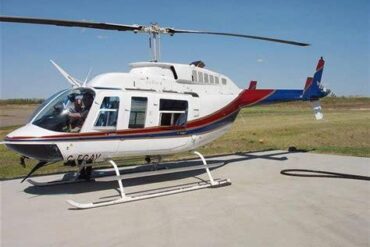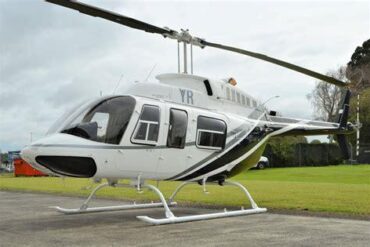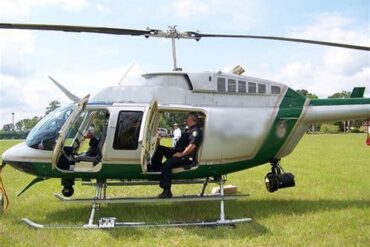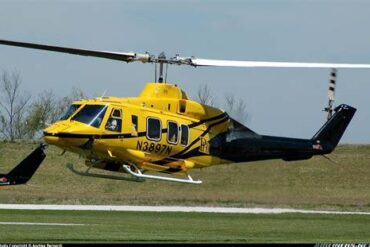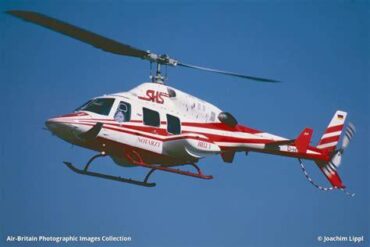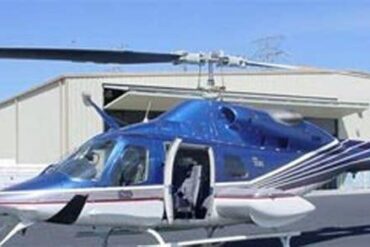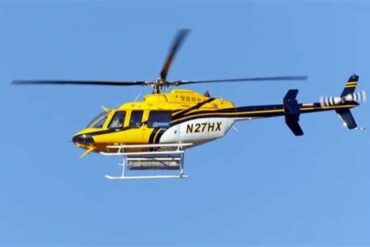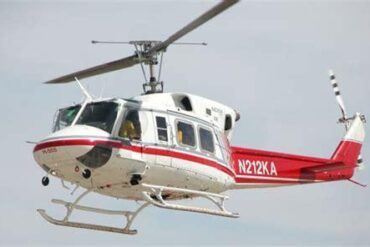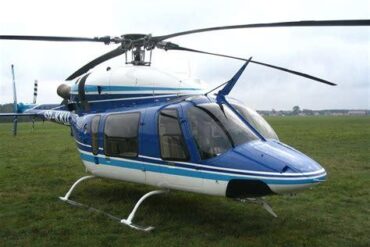Overview of the Bell 429
The Bell 429 was developed to meet the growing needs of a diverse market, including VIP transport, medical evacuation, law enforcement, and offshore operations. Equipped with the Fly-by-Wire technology and a spacious cabin, the Bell 429 offers an impressive balance of comfort and efficiency.
Specifications
-
Length: 40 ft 6 in (12.34 m)
-
Height: 13 ft 6 in (4.11 m)
-
Max Takeoff Weight: 7,000 lb (3,175 kg)
-
Cruise Speed: 140 knots (161 mph)
-
Range: 400 nautical miles (460 miles)
-
Powerplant: 2 × Pratt & Whitney Canada PW207D1 engines
The Bell 429’s performance specifications make it a compelling choice for a variety of missions, making it essential for buyers to evaluate the overall cost of ownership.
Initial Purchase Price of the Bell 429
The purchase price of a new Bell 429 typically ranges from $7 million to $8 million. This price can fluctuate based on various factors, including customizations, avionics packages, and the inclusion of additional features. For prospective buyers, understanding the factors influencing the price can aid in making an informed decision.
Factors Affecting Purchase Price
-
Customization Options: Buyers can tailor the helicopter’s interior and systems to meet specific requirements, which can significantly impact the final price. Luxurious finishes, advanced avionics, and specialized equipment can add tens or even hundreds of thousands to the base price.
-
Market Conditions: Like any other aircraft, the Bell 429’s price can be influenced by the current state of the aviation market, including supply and demand dynamics, economic conditions, and competitor pricing.
-
Dealer Markup: Pricing can also vary based on the dealer’s location, reputation, and negotiation skills. Engaging in thorough research and discussions with multiple dealers can help potential buyers secure a competitive rate.
Operating Costs of the Bell 429
Understanding the operating costs is essential for assessing the long-term financial implications of owning a Bell 429. These costs can be categorized into several key components, including fuel, maintenance, insurance, and crew salaries.
1. Fuel Costs
Fuel is one of the most significant ongoing expenses for helicopter operations. The Bell 429 has a fuel consumption rate of approximately 1,000 pounds per hour. With aviation fuel prices averaging around $5 to $7 per gallon, operators can expect to spend approximately $500 to $800 per hour on fuel alone. This can vary based on flight conditions and operational efficiency, emphasizing the importance of effective flight planning and fuel management.
2. Maintenance Costs
Regular maintenance is crucial to ensure the safety and reliability of the Bell 429. These costs can be further broken down into routine maintenance, inspections, and unexpected repairs.
Routine Maintenance
The Bell 429 requires regular inspections, typically every 100 hours, 500 hours, and annual checks. Estimated costs for routine maintenance can range from $15,000 to $25,000 per inspection, depending on the scope of work and parts required.
Parts Replacement
Over time, certain components will need replacement, which can add to maintenance costs. Operators should budget for additional expenses related to rotors, engines, and avionics systems. Parts costs can vary widely, but budgeting an annual maintenance reserve of approximately $150,000 to $200,000 is advisable to account for both planned and unplanned expenses.
3. Insurance Costs
Insurance is another critical aspect of operating costs. The Bell 429 typically requires liability, hull, and passenger insurance. Premiums can vary based on the operator’s experience, flight hours, and specific operational use but generally range from $15,000 to $40,000 annually.
4. Crew Salaries
Hiring qualified personnel is essential for safe operations. The Bell 429 typically requires a two-pilot crew for optimal operation. Salaries can vary significantly depending on location, experience, and the operator’s specific requirements. On average, annual salaries for a two-pilot crew can range from $150,000 to $250,000, including benefits and bonuses. Additionally, ongoing training and recurrent training costs should be factored into this expense, averaging around $20,000 to $30,000 per pilot annually.
5. Hangar and Parking Costs
Depending on the location, hangar or parking fees can vary widely. Major metropolitan areas typically have higher costs, ranging from $2,000 to $5,000 per month for hangar space. Operators should factor these costs into their annual budget, as they can significantly impact overall operating expenses.
Total Operating Cost Estimation
To provide a comprehensive overview, let’s calculate the estimated total operating costs for the Bell 429 based on an average operational scenario:
| Cost Component | Annual Cost Estimate |
|---|---|
| Fuel (Assuming 500 hours of flight) | $250,000 to $400,000 |
| Maintenance (including inspections and parts) | $150,000 to $200,000 |
| Insurance | $15,000 to $40,000 |
| Crew Salaries | $150,000 to $250,000 |
| Hangar and Parking | $24,000 to $60,000 |
| Total Estimated Annual Operating Costs | $589,000 to $950,000 |
This estimate shows that operating a Bell 429 can cost between $589,000 and $950,000 annually, depending on the specific operational circumstances and choices made by the operator.
Conclusion
In summary, the Bell 429 offers impressive capabilities and performance, making it a valuable asset for a variety of missions. However, potential buyers and operators must thoroughly consider the purchase price and operating costs associated with this helicopter. By understanding the factors that influence both the initial investment and ongoing expenses, stakeholders can make informed decisions that align with their operational goals and financial capabilities. Investing in a Bell 429 is not just about the acquisition; it’s about committing to a long-term operational strategy that maximizes both performance and cost-efficiency.

